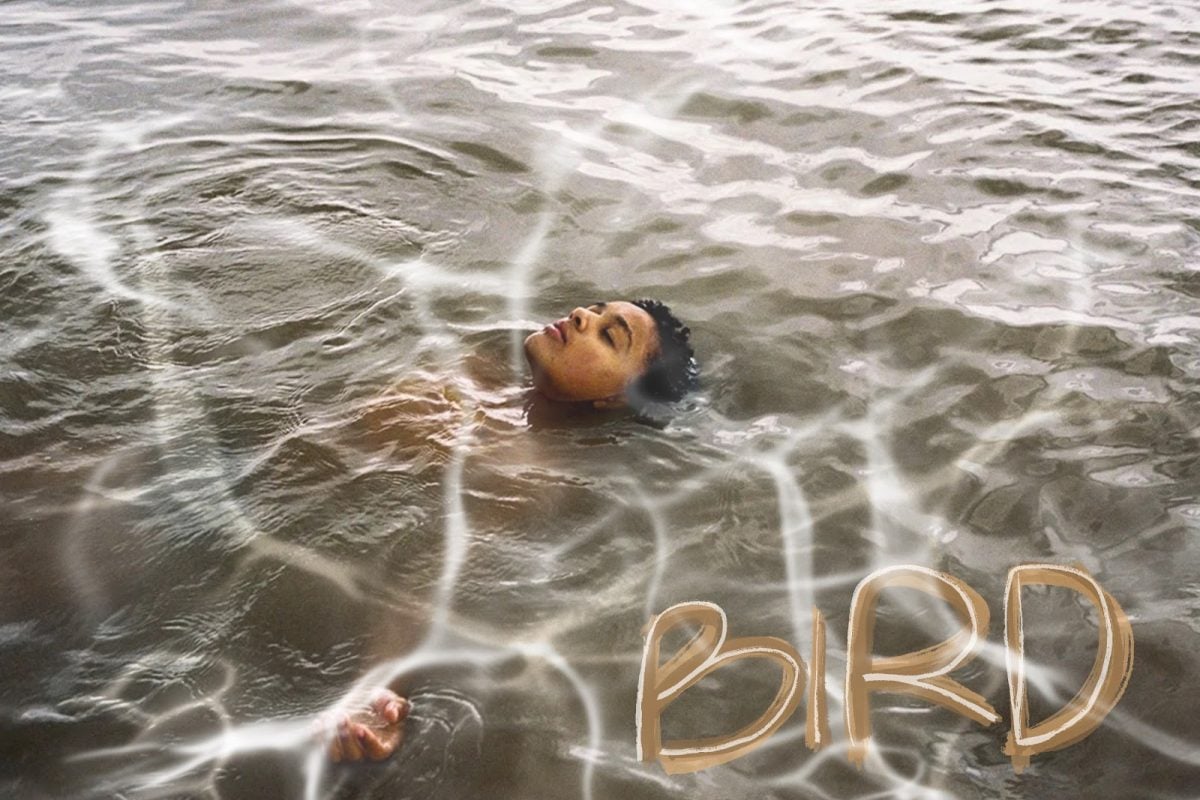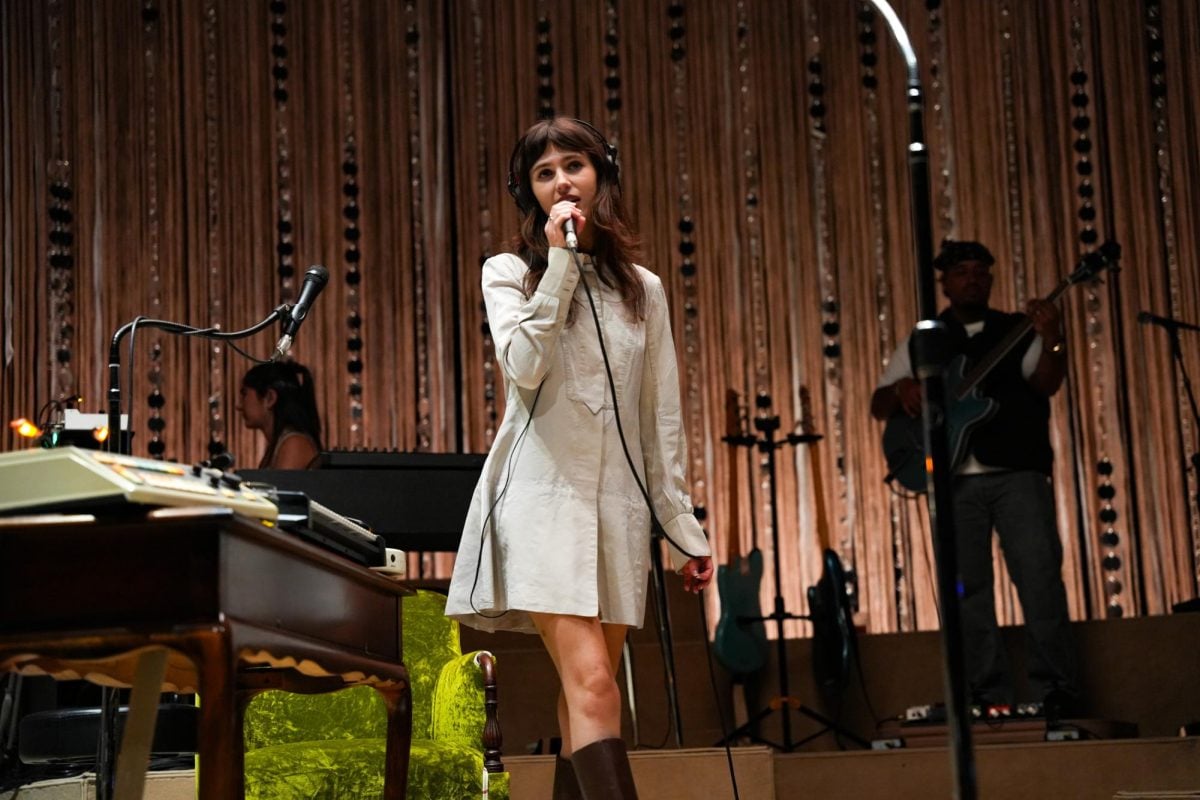In the Block Museum of Art’s Alsdorf Gallery, prints ranging from engravings and woodcuts to lithographs and screenprints line the walls. Visitors delve into printmaking from the Renaissance era in Europe, as well as contemporary prints.
Curated around the time of the Block’s 40th anniversary, “For One and All: Prints from The Block’s Collection” runs from Sept. 20 to Dec. 3. An earlier version of the exhibit was presented in Winter 2021.
Seventh year art history graduate student and former Block Curatorial Graduate Fellow Caitlin DiMartino, who co-curated the original exhibit with Academic Curator Corinne Granof, said it was exciting to work on the Block’s collection because there was a wide range of materials to work with.
DiMartino said she and Granof took time to consider how to create a theme that would highlight inherent qualities that bring a variety of prints together.
“It really was this idea of reproducibility, the ability for circulation, the way that prints are often used in forms of communication that aren’t really possible in other artistic media,” she said.
DiMartino said she and Granof began by examining potential print works for exhibition in person and began curating online once the pandemic started.
Granof and DiMartino began working through Zoom to select the themes, choose works connected to the themes and what works might be interesting in conversation together.
“It was a really interesting curatorial experience just because of the additional layer of the pandemic.” DiMartino said. “There were new guidelines that we had to contend with, such as how many people could be in the gallery, even how many works we could have or how spaced out those works would have to be to allow for social distancing.”
The exhibit explores how prints were utilized in circulation, collection and communication— processes that Granof described as “fluid.” The prints in communication had a “spirit of trying to make a statement,” Granof said, while the collecting category includes portraits, city views, abstraction and experimentation.
Granof said slight modifications have been made to the current exhibit, including the addition of newspapers with wood engravings by realist Winslow Homer from the Civil War. Granof said they included the works because they were important to the significance of printmaking.
Chicagoan and aspiring artist Joan Baer said she loves the Block. She said she knows the museum has a large print collection and the pieces are “extremely high quality.”
“When I saw that they were doing a print show, I thought, ‘this is for me,’” she said.
One of the works Baer said she enjoyed was Maya Lin’s “Geography Lesson 8, Ghost.” Lin created the “The Geography Lesson” series by shattering inked glass sheets to resemble maps depicting natural landmarks.
Visitors Nimah Gobir and Rachel Udabe were touring the campus with SESP first-year PhD student Vishal Jain when they came upon Block. Jain said he appreciated that Block is accessible, free and open to everyone.
Gobir said she liked seeing the breadth of prints, which range from works resembling drawings to more abstract pieces.
Udabe said one of her favorite pieces was Martin Lewis’s “Arch, Midnight.”
The work is a drypoint piece on paper that depicts an overpass at night that is illuminated by a single light. Udabe said the image was “serene” and “beautiful.”
“There was so much detail in between the shadows and the light that was cast from the wall,” she said.
Granof said producing prints differs from other art forms because as the image is being made, it’s invisible to the artist as it runs through the press.
Granof said she hopes people go deep into the processes and the history of printmaking, and the exhibition focuses attention on the “wonderful” qualities of printmaking and its importance in the history of art.
“I feel like (prints are) so inventive,” she said. “They’re so creative. They’re so beautiful. They’re so fundamental to the way humans communicate.”
Email: [email protected]
Related Stories:
— Block Museum exhibition ‘Taking Shape: Abstraction from the Arab World’ redefines modernism
— The Block Museum’s ‘Looking 101’ exhibit helps visitors practice analyzing artwork
— Block Museum’s ‘Araya’ showing kicks off Latin American women filmmaker cinema series






